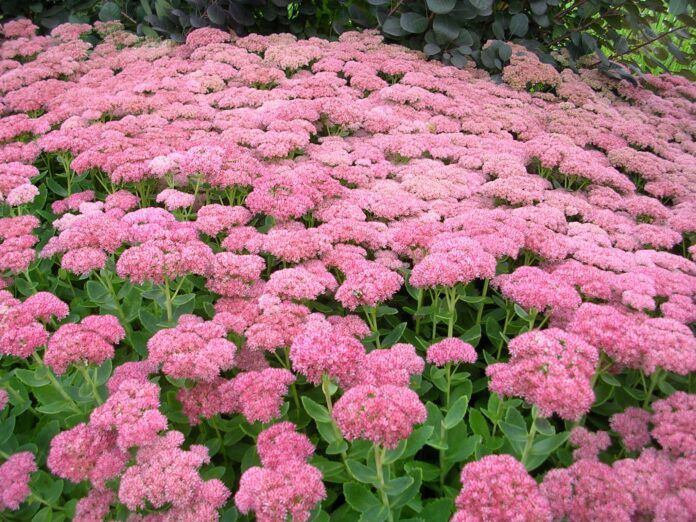Annuals
October brings cooler temperatures by the end of the month, but early October can be tricky for us with warm temperatures. This is traditionally the transition month for annuals when we pull out the warm season annuals and plant cool season annuals in their place. Don’t try to plant cool season annuals prior to mid October. Warm temperatures will cause plants to stretch. Pansies in particular are prone to doing this, and the floppy, weak growth will be susceptible to pathogens. When planting cool season annuals, skip the time-released fertilizers such as Osmocote because they will not release fertilizer during cold weather. Instead, use water soluble fertilizers to get the annuals off to a good start. When planting annuals from cell packs, remember that these plants are still just babies and handle them with care. Never pull them from the cell pack; push them out from the bottom.
Turf
The fungal disease called Brown Patch that shows up in the spring in St. Augustine grass will actually need to be prevented in the fall. Brown patch shows up as large dead areas. Prevention of this disease includes not fertilizing in the fall and to rake up and remove affected areas. Florida Betony emerges in the fall in turf grass and beds, and is an aggressive spreader. Spot treat with Casaron. The warm season grasses will begin to go dormant at this time of year. Make sure that all mowing equipment is cleaned up and properly serviced prior to storing it for the winter. Mowing the leaves that fall on turf will chop them up into smaller pieces which will add nutrients to the soil and encourage good micro biotic activity.
Perennials
Mums, asters, golden rod, swamp sunflowers, anemones, ornamental grasses, and many sedums will be in their full glory right now. It is still a good time to divide many perennials if you didn’t get around to it last month.
Roses
If a rose has outgrown its spot, now is a good time to move it. Cut out all dead canes. Use soft twine to pull canes together to make it easier to move. Dig the hole for the rose’s new home prior to digging up the rose. This will minimize time the roots are exposed to air. Cut the roots 1 to 2 feet from the center of the rose. Use a garden fork to lift the rose from the soil. Do not pick up the rose by the canes. Slide the rose on to a tarp and move it, lifting it by the root ball. Water the roots well to settle it into the new spot. Be very careful to keep mulch away from the canes of roses to prevent fungal diseases.
Shrubs
Fall is a great time of year to plant or transplant shrubs. Cooler temperatures mean less water lost to transpiration, so it is easier to get shrubs established. American Beautyberry, Burning Bushes, Fragrant Tea Olives, Senna, and Camellia sasanqua are just some of the examples of shrubs that should be planted for fall beauty and fragrance. Now is not the time of year to do any pruning. If mulching existing shrub beds, be sure to remove old pine straw before adding any new straw. This will help to remove insects that like to winter over in mulch.
Trees
Conifers will shed some of their needles even though they are often considered evergreen. Do not be alarmed, as this is a natural process similar to you losing hair when brushing or washing your hair. Deciduous trees will start their fabulous show of fall color. Enjoy the colors, and when the leaves drop, chop them up with a lawn mower to use as a natural soil amendment and free fertilizer. Leaves can be added to a compost pile. Never blow leaves into the street, as this will clog the storm drains.





